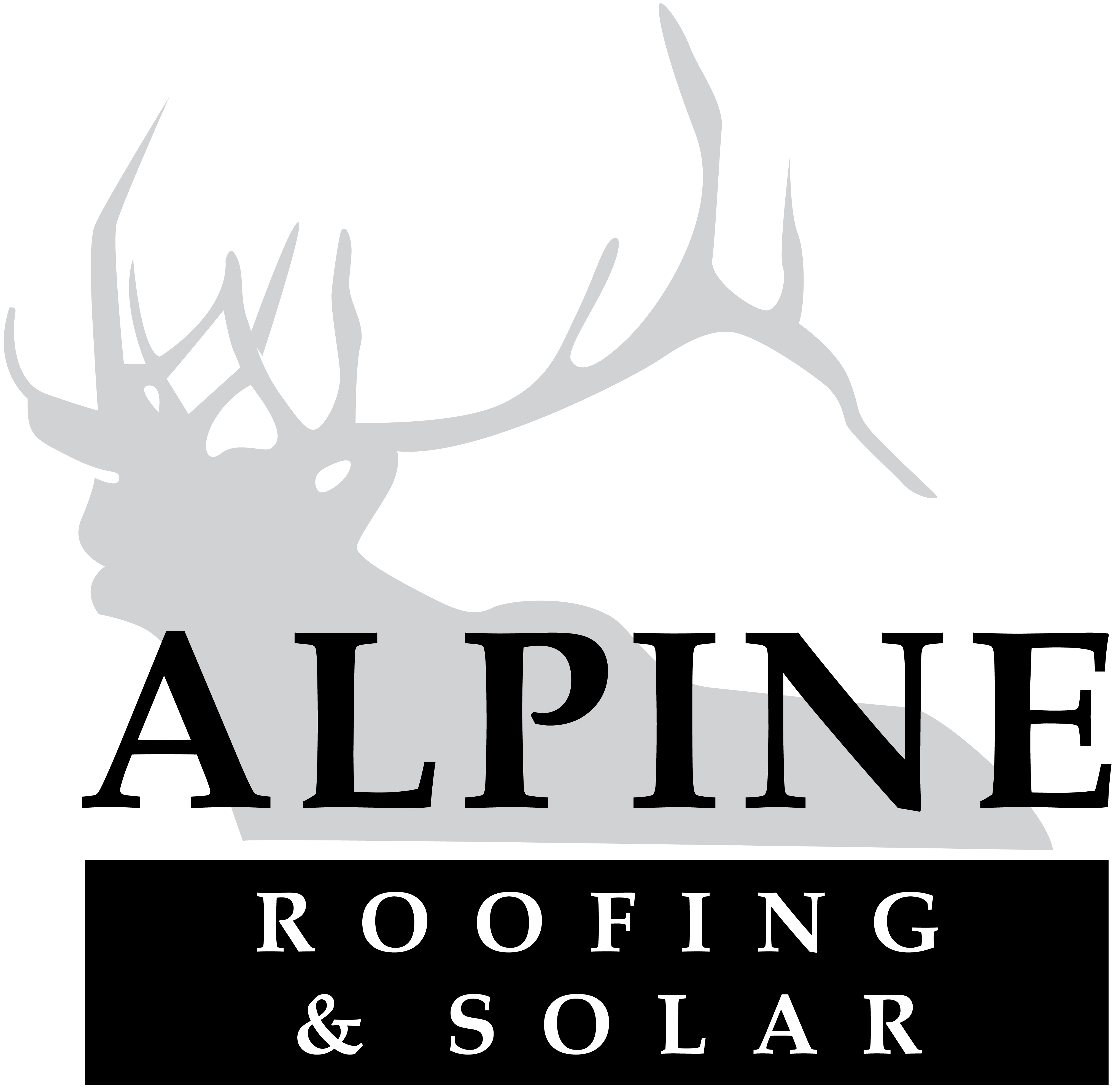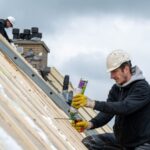If you’re researching new roof cost, you’re already doing the smartest thing a homeowner can do: gathering facts before committing. A roof is more than shingles and nails—it’s a system that protects your family, your belongings, and your home’s value. That’s why a new roof cost isn’t one-size-fits-all. It depends on material choice, roof complexity, labor, and the scope of work (like tear-off, decking repairs, and ventilation upgrades).
As GAF-certified, insured, and bonded DFW roofing experts, we’ve seen what drives pricing and what truly pays you back in performance and longevity. In this guide, we’ll break down the variables that shape your estimate, how to compare bids, and smart ways to save without sacrificing quality. If you want a clear, local perspective backed by craftsmanship and a full warranty, you’re in the right place.
Cost Snapshot and Typical Price Ranges
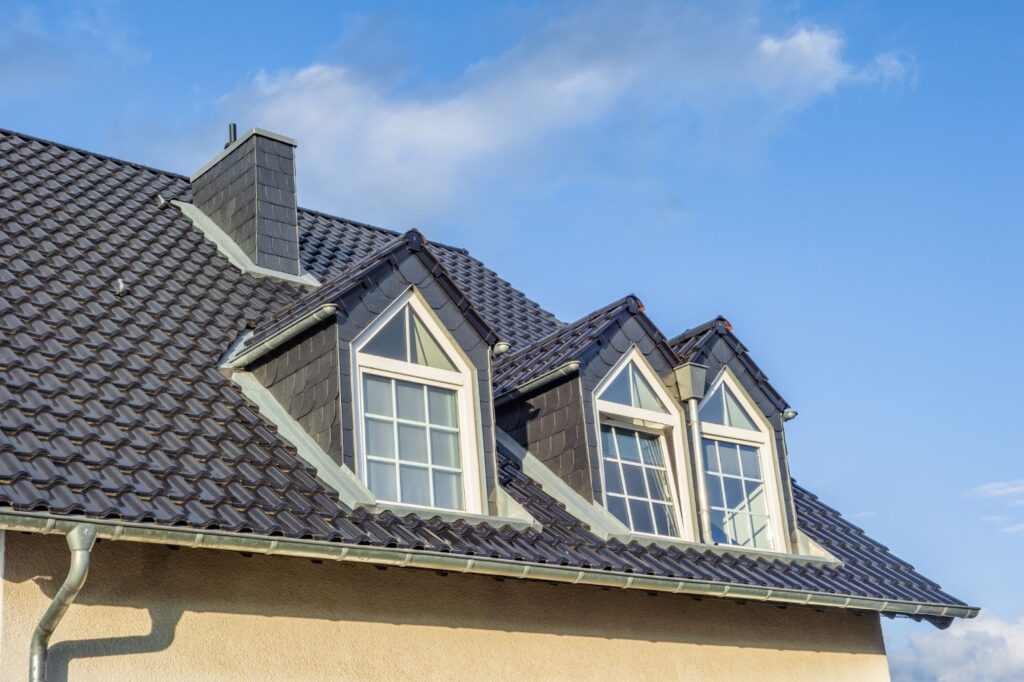
Every home is different, so a new roof cost is best understood by material category and project scope. Here’s how the major options typically compare in terms of investment level and performance traits.
Asphalt Shingles
Asphalt remains the most common choice thanks to balanced durability and curb appeal. Architectural (laminated) shingles outperform older 3-tab styles, and impact-rated options can be a smart upgrade in hail-prone areas like North Texas. New roof cost for asphalt varies with shingle grade, warranty, and underlayment or venting package.
Metal Roofing
Steel or aluminum panels (standing seam or metal shingles) deliver excellent longevity, energy efficiency, and fire resistance. They often require specialized installation and trim details. Expect new roof cost to reflect panel type, substrate or coating quality, and flashing craftsmanship. Learn more about roofing options and installations offered by Alpine Roofing.
Tile and Slate
Concrete or clay tile and natural slate offer premium aesthetics and long service life. They’re heavier, so structure and decking may need evaluation or reinforcement. New roof cost depends on tile or slate type, underlayment system, and any required structural upgrades.
Wood Shakes
Cedar shakes provide a classic, textured look. They demand proper ventilation and maintenance to perform well in variable Texas weather. New roof cost is influenced by shake grade, thickness, and local fire and underlayment requirements.
Flat and Low-Slope Membranes
For patios, additions, or commercial sections, TPO, PVC, and modified bitumen are common. Detailing around drains, edges, and penetrations is crucial. New roof cost hinges on membrane type, insulation, and perimeter metal.
Need help choosing the right option? Explore our full scope of roofing services.
Key Factors That Influence Price
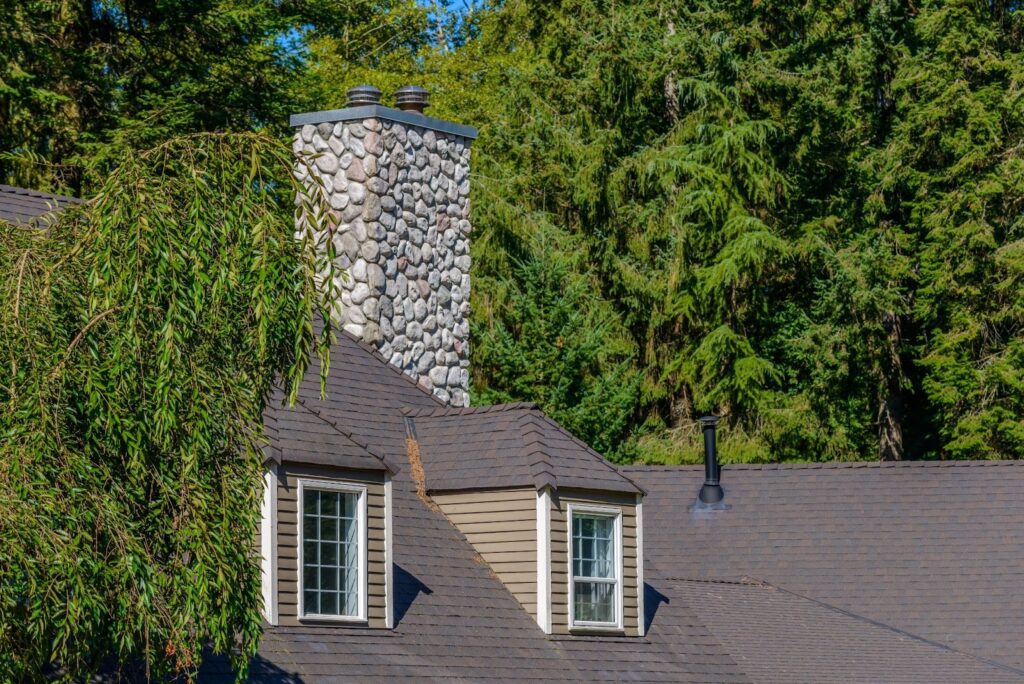
Even within the same neighborhood, a new roof cost can vary significantly. These are the biggest drivers.
Material Type and Quality
Higher-grade shingles, heavier-gauge metal, premium coatings, and specialty membranes command higher investment but often bring longer warranties and better performance. We help you right-size quality based on climate, curb appeal goals, and long-term plans.
Roof Size, Pitch, and Complexity
Bigger, steeper, or highly cut-up roofs (with multiple hips, valleys, dormers, or skylights) require more labor, safety setup, and trim work. That complexity directly impacts new roof cost.
Labor Rates and Regional Differences
Qualified crews, safety compliance, and local demand affect labor. In DFW, weather swings and storm cycles influence schedules and available manpower. We staff for consistency so timelines and workmanship never slip.
Accessibility and Seasonal Timing
Limited driveway access, landscaping protection, and multi-story staging all add time. Timing matters too—scheduling outside peak storm season can make logistics smoother. Ask us about flexible start dates to keep your new roof cost under control.
Ready for clarity? Book a free inspection with Alpine Roofing today.
Tear-Off, Repairs, and Extras That Add Up
Scope is where bids diverge. Understanding what’s included protects your budget and your home.
Overlay Versus Full Tear-Off
An overlay adds new shingles over old ones. It can reduce upfront labor but may void warranties, hide substrate issues, and add weight. A full tear-off exposes decking so we can fix problems before they become leaks. New roof cost will reflect which path you choose and what local code allows.
Decking Repairs and Structural Issues
We check for rot, delamination, or uneven spans. Replacing damaged decking, shimming for flatness, or reinforcing for heavier materials affects labor and materials.
Flashing, Ventilation, and Penetrations
Quality flashing at chimneys, walls, and valleys is non-negotiable. Proper intake and exhaust ventilation prevent heat or moisture buildup that shortens roof life. Detach and reset of satellite dishes, HVAC stands, or skylights also influence new roof cost. We coordinate all Detach and Reset work to keep your roof watertight and warranty intact.
Permits, Disposal, and Jobsite Cleanup
Permitting, tear-off debris disposal, and daily magnet sweeps are part of a professional install. Clear line items here prevent surprises later.
Experiencing storm issues or leaks? See our restoration services for emergency tarping and build-back help.
Insurance, Warranties, and Paying for Your Roof
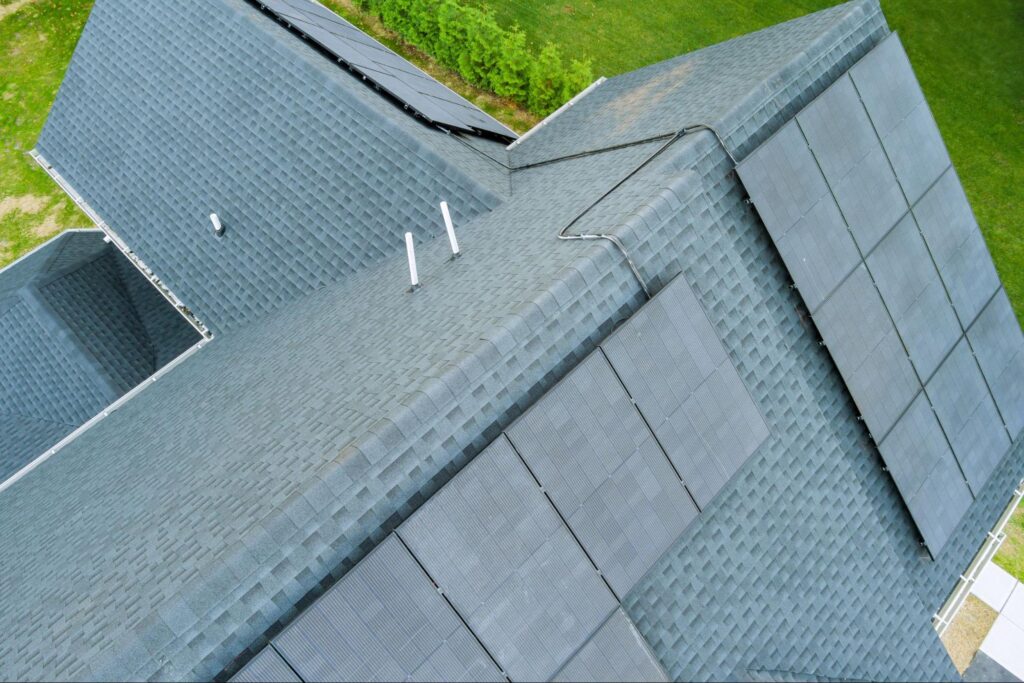
Financial structure and long-term protection matter as much as product selection.
Storm Damage and Insurance Claims
In DFW, hail and wind can shorten roof life. Our team includes claim professionals and estimators who document damage, meet with adjusters, and help you navigate the process ethically. If your loss is covered, the insurer guides scope. Your out-of-pocket depends on your policy specifics.
Manufacturer Versus Workmanship Warranties
As a GAF-certified contractor, we can offer enhanced manufacturer coverage when we install complete system components. That’s separate from our workmanship warranty, which covers our installation. Both influence long-term value, not just new roof cost on day one.
Financing Options and Payment Schedules
Many homeowners prefer staged payments aligned with milestones (delivery, dry-in, final). Third-party financing may be available for qualified buyers. We’ll outline options clearly so cash flow never gets in the way of doing the job right.
Questions about claims or coverage? Reach out through Contact Us.
Getting Quotes and Choosing a Contractor
A thorough, apples-to-apples bid keeps your new roof cost grounded in reality.
Scope Checklist to Include in Every Bid
When comparing estimates, make sure each bid specifies:
- Full tear-off or overlay (and number of layers)
- Underlayment type (ice/water shield, synthetic)
- Ventilation plan (intake, exhaust, calculations)
- Flashing details (chimneys, walls, valleys)
- Decking allowance (per sheet or per linear foot)
- Penetrations (skylights, HVAC) detach/reset details
- Perimeter metals, starter, ridge, and fastener specs
- Permits, inspections, cleanup, and haul-off
- Warranty terms (manufacturer + workmanship)
Questions to Ask and Red Flags to Avoid
Ask about crew supervision, daily dry-in procedures, and how weather delays are handled. Red flags: vague scopes, unusually short warranties, no local references, or pressure tactics. If a bid looks too good to be true, it usually is—and can inflate your new roof cost later through change orders.
Local Codes, Inspections, and Documentation
We build to Texas and city codes, pull required permits, and schedule inspections. You should receive product registrations, warranty documents, and final lien releases.
Want a clean, detailed estimate? Start on our Roofing Services page.
Smart Ways to Save Without Sacrificing Quality

You can keep your new roof cost in check and still get a high-performance system.
Right-Sizing Materials and Specifications
Choose architectural shingles with impact resistance where it truly helps. Match underlayment and ventilation to your attic’s real conditions. Avoid over-specifying pricey accessories where they don’t add benefit.
Scheduling, Off-Season Pricing, and Bundling Work
Booking before peak storm season can streamline logistics. Bundling gutters, ventilation upgrades, skylight replacements, or a flat-roof section can optimize labor and staging, often better for both budget and timelines.
Energy-Efficient Upgrades and Potential Credits
Cool roof colors, radiant barriers, or added insulation can lower summer attic temps and reduce AC strain. Some utilities or jurisdictions periodically offer credits or incentives for energy-efficient improvements. We’ll flag opportunities during your inspection so savings extend beyond the initial new roof cost.
Ready to plan smart? Ask us about a prioritized scope that fits your goals.
Conclusion
Your new roof cost is the outcome of material choice, roof design, code compliance, and the caliber of the team on your roof. In North Texas, where hail and heat test every system, it pays to invest in proven products, precise flashing, and ventilation that protects your home for the long haul. We bring GAF-certified expertise, transparent scopes, and a crew that treats your property like it’s our own.
If you’re ready for a clear, local estimate, we’ll walk you through options that match your home, budget, and timeline. Schedule your free inspection today through our Contact Page.
Alpine Roofing is your trusted roofing company in DFW, Texas. We’re located at 7247 Kentish Dr, Fort Worth, TX 76137. For inquiries, call +1 682-257-4631 or email info@alpineroofingandsolar.com. Let’s protect your home and raise its value—one well-built roof at a time.
Frequently Asked Questions
What factors influence new roof cost?
New roof cost depends on material quality, roof size and pitch, complexity (hips, valleys, skylights), labor rates, accessibility, and timing. Scope items—tear-off versus overlay, decking repairs, flashing, ventilation, permits, and cleanup—also add or reduce cost. Local climate and code requirements further shape both price and performance.
Is an overlay cheaper than a full tear-off, and how does it affect new roof cost?
An overlay reduces upfront labor, often lowering new roof cost, but it can hide decking problems, add weight, and may void warranties. A full tear-off exposes the substrate for repairs, improving longevity and performance. Check local codes; many markets restrict overlays or limit layers for safety and warranty compliance.
How do asphalt shingles compare to metal roofing for new roof cost and performance?
Asphalt architectural shingles typically offer the best balance of cost, durability, and curb appeal, with impact-rated options for hail-prone regions. Metal (standing seam or shingles) costs more due to materials and specialized installation but delivers superior longevity, energy efficiency, and fire resistance.
What should a thorough roofing estimate include?
A solid bid specifies tear-off versus overlay, underlayment type, a ventilation plan, detailed flashing at walls, chimneys, and valleys, decking repair allowances, treatment of penetrations (skylights, HVAC), perimeter metals and fasteners, permits and inspections, debris disposal, cleanup, and clear manufacturer plus workmanship warranty terms.
When is the best time to replace a roof to save money or avoid delays?
Scheduling before peak storm season or outside the busiest months can smooth logistics and sometimes secure better availability. Mild, dry weather helps crews work efficiently and achieve proper sealing. Flexible start dates and bundling related work can further reduce staging and labor costs.
